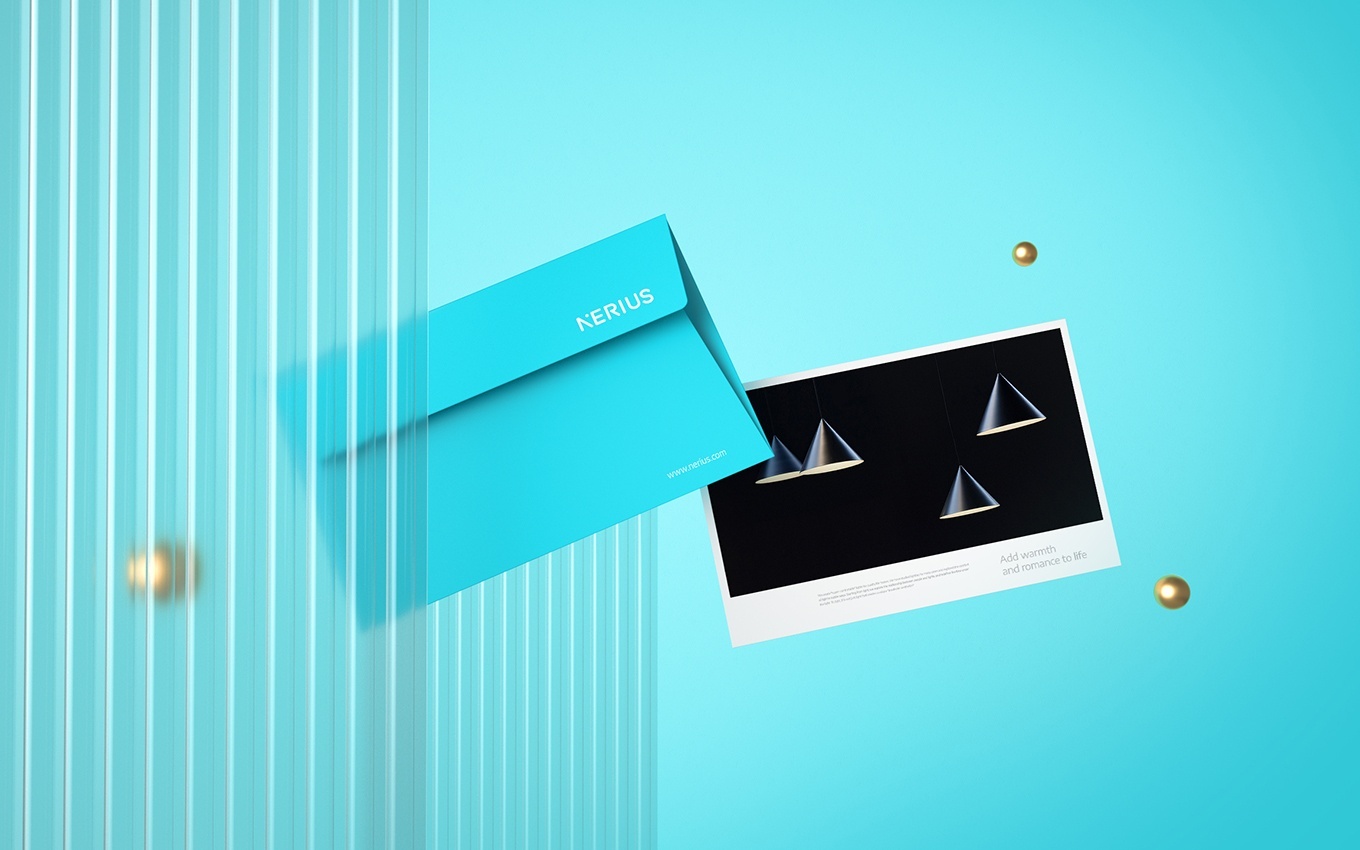玩具行業(yè)一直處于不斷變化和創(chuàng)新的趨勢中。隨著科技的不斷發(fā)展,虛擬現(xiàn)實(VR)和增強現(xiàn)實(AR)技術已經開始在玩具行業(yè)中嶄露頭角。越來越多的玩具公司開始利用這些技術來增強玩具的互動性和趣味性。例如,一些AR玩具可以通過智能手機或平板電腦上的應用程序與現(xiàn)實世界進行互動,為孩子們提供更加沉浸式的體驗。此外,智能玩具也成為了玩具行業(yè)的一個重要趨勢。這些玩具配備了各種傳感器和連接功能,可以與互聯(lián)網或其他設備進行交互,提供更豐富的游戲體驗和學習機會。
另一方面,環(huán)保和可持續(xù)發(fā)展也成為了玩具行業(yè)的重要關注點。隨著人們對環(huán)境問題的關注不斷增加,越來越多的家長開始注重購買環(huán)保型玩具,這促使玩具公司加大了對可再生材料和環(huán)保生產工藝的研發(fā)和應用。此外,一些玩具公司還推出了教育性玩具,旨在幫助孩子們了解環(huán)保意識和可持續(xù)發(fā)展的重要性。總的來說,隨著科技和社會意識的不斷進步,玩具行業(yè)將繼續(xù)朝著更加創(chuàng)新、環(huán)保和教育的方向發(fā)展。

配圖為廣州vi設計公司作品
玩具的VI設計是塑造品牌形象和提升產品認知度的重要手段。下面將列舉玩具VI設計的要點,以幫助品牌打造出獨特而有吸引力的形象。
1. 色彩選擇:
色彩是VI設計中最具有影響力的元素之一。對于玩具品牌來說,色彩選擇應該考慮到目標受眾的年齡段和喜好。比如,對于兒童玩具品牌,明亮、活潑、鮮艷的色彩通常更受歡迎。此外,色彩的搭配也要符合品牌的整體定位和形象,確保色彩的統(tǒng)一性和協(xié)調性。
2. 標志設計:
標志是品牌的核心標識,對于玩具品牌來說尤為重要。一個好的標志設計應該簡潔明了,易于識別,并能夠準確傳達品牌的核心理念和特色。在玩具VI設計中,標志通常會包含有關玩具類型或品牌形象的元素,如卡通人物、動物形象或特定的圖形符號。
3. 字體選擇:
字體是VI設計中的重要組成部分,能夠直接影響到品牌形象的感知。在選擇字體時,應該考慮到品牌的定位和風格,以及目標受眾的閱讀習慣和喜好。對于兒童玩具品牌來說,通常會選擇一些活潑、可愛的字體,以吸引孩子的注意力,同時保持字體的清晰易讀性。
4. 圖形元素:
除了標志之外,圖形元素也是玩具VI設計中不可或缺的一部分。這些圖形元素可以是與產品相關的圖案、圖標或裝飾性元素,用來豐富品牌形象和提升產品的辨識度。在選擇圖形元素時,需要考慮到其與品牌定位和產品特色的契合度,確保能夠有效地傳達品牌的核心價值觀和理念。
Toy design plays a crucial role in shaping both the products themselves and the industries they belong to. Here's a closer look at how toy design contributes to product and industry value:
1. Innovation and Creativity: Toy design pushes the boundaries of innovation and creativity. By constantly seeking new ways to engage and entertain children, toy designers inspire innovation across industries. Creative solutions developed for toys often find applications in other products and sectors, driving progress and enhancing value.
2. Educational Development: Many toys are designed not just for fun, but also for educational purposes. Educational toys stimulate learning and development in children, helping them acquire essential skills and knowledge in various fields such as science, technology, engineering, arts, and mathematics (STEAM). The value of these toys extends beyond mere entertainment, contributing to the intellectual growth of future generations.
3. Market Influence: The success of certain toys can have a significant impact on market trends and consumer behavior. Toy design shapes popular culture and influences consumer preferences, driving demand for particular types of products. This influence extends to other industries as well, as trends in toy design often foreshadow broader shifts in consumer taste and demand.
4. Social and Emotional Development: Toys play a crucial role in the social and emotional development of children. Designing toys that promote empathy, cooperation, and emotional intelligence helps foster positive social interactions and relationships. By addressing important aspects of human development, toy designers contribute to the well-being of individuals and society as a whole.

業(yè)務咨詢 付小姐

業(yè)務咨詢 張小姐

總監(jiān)微信咨詢 付小姐